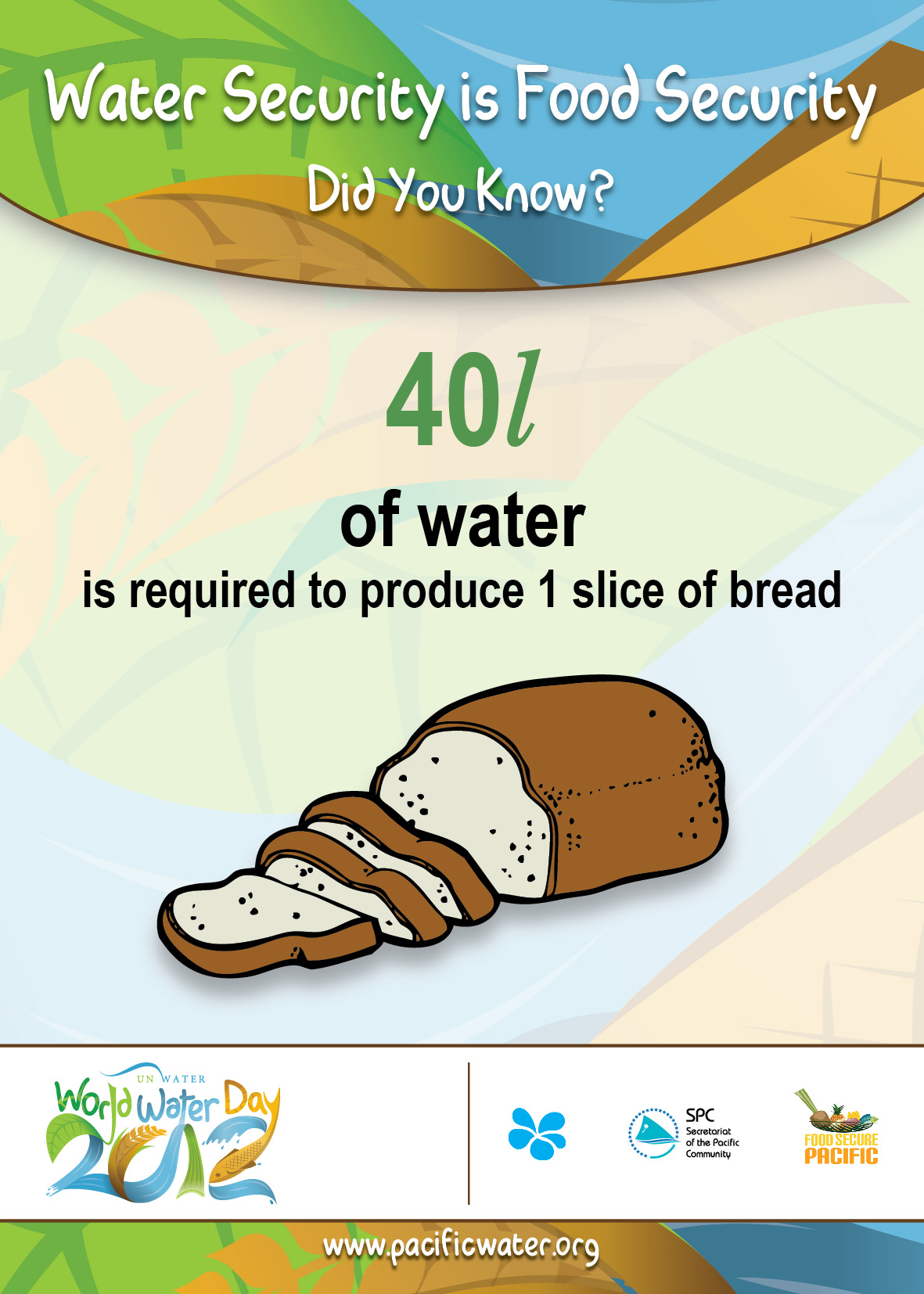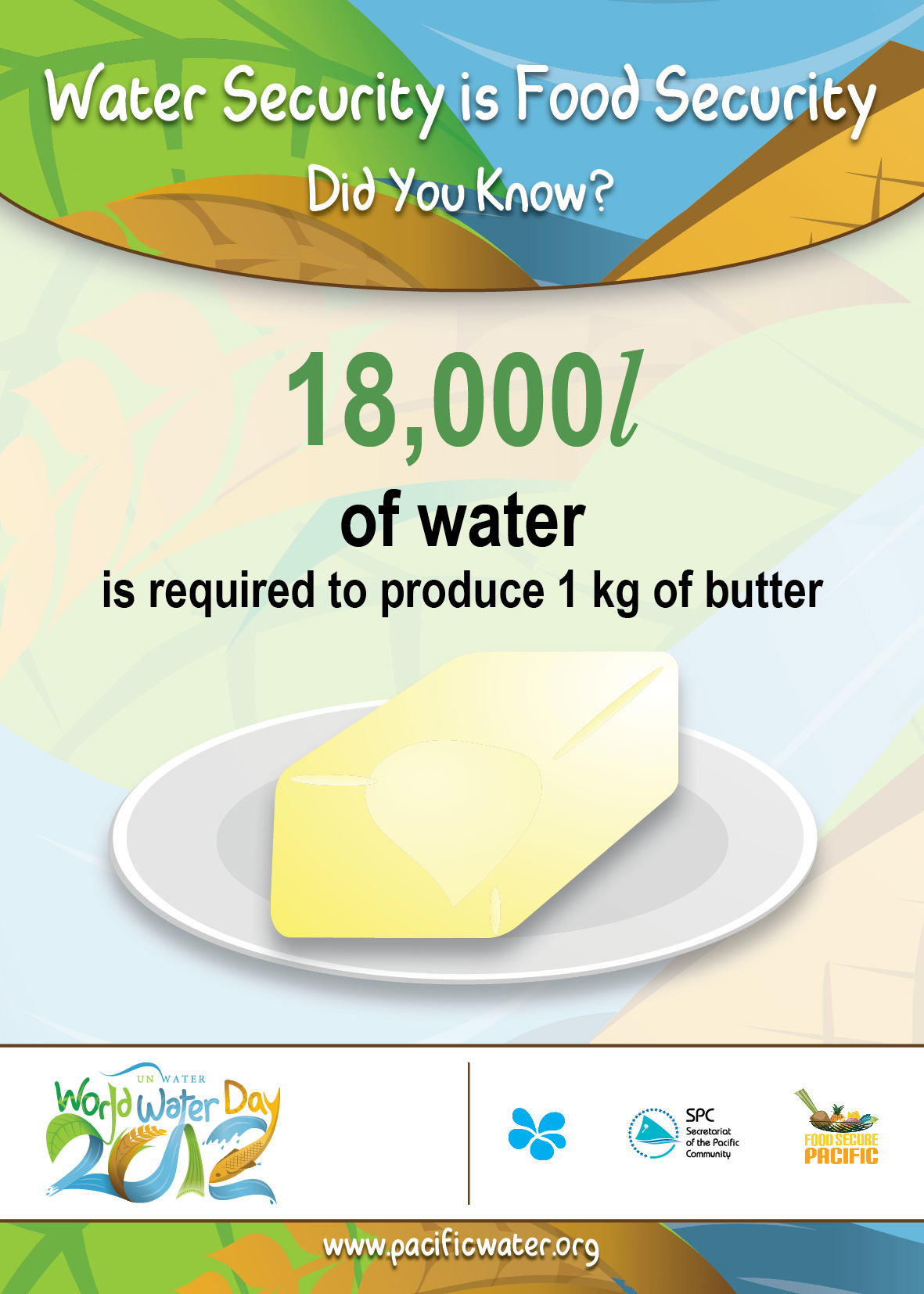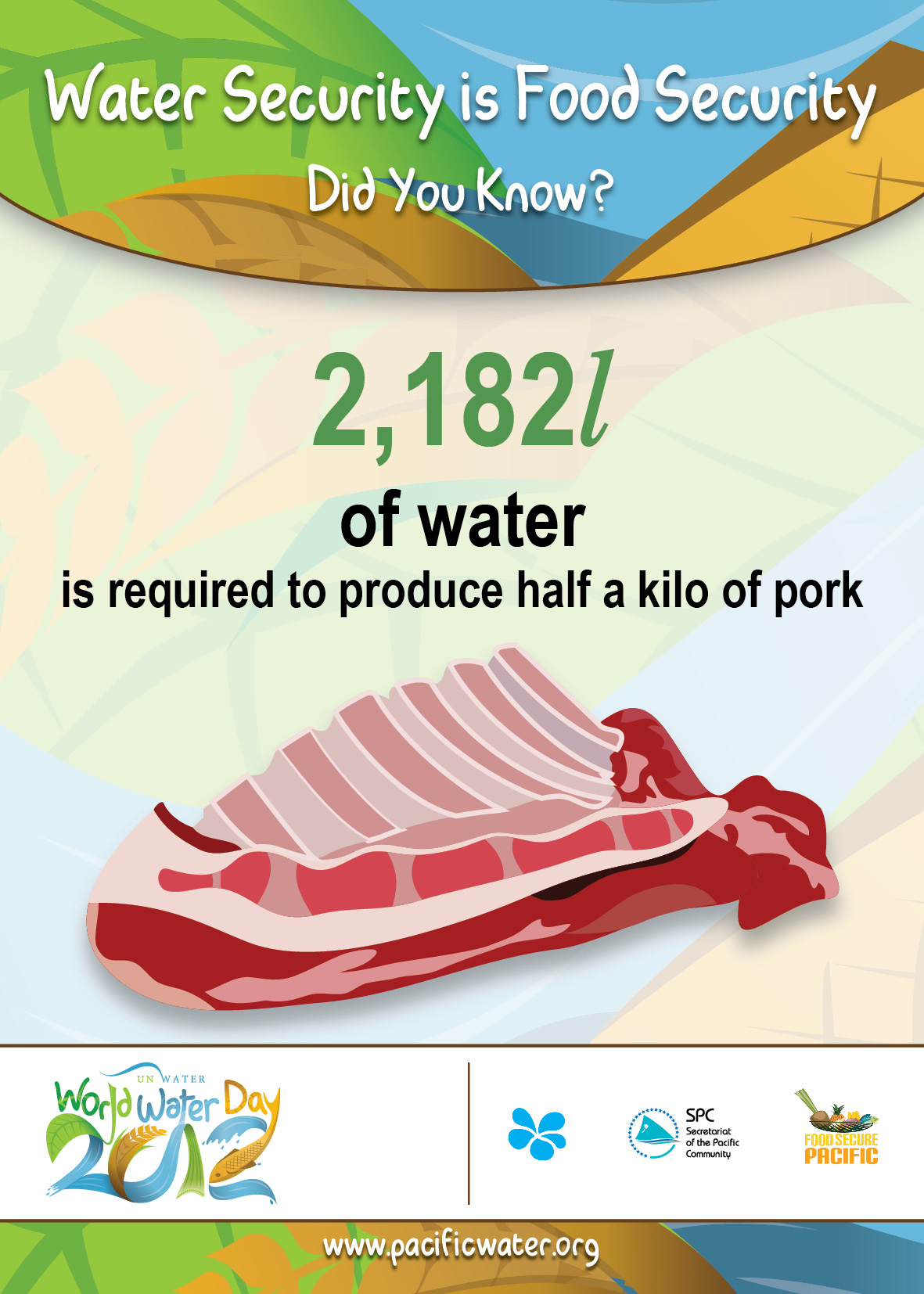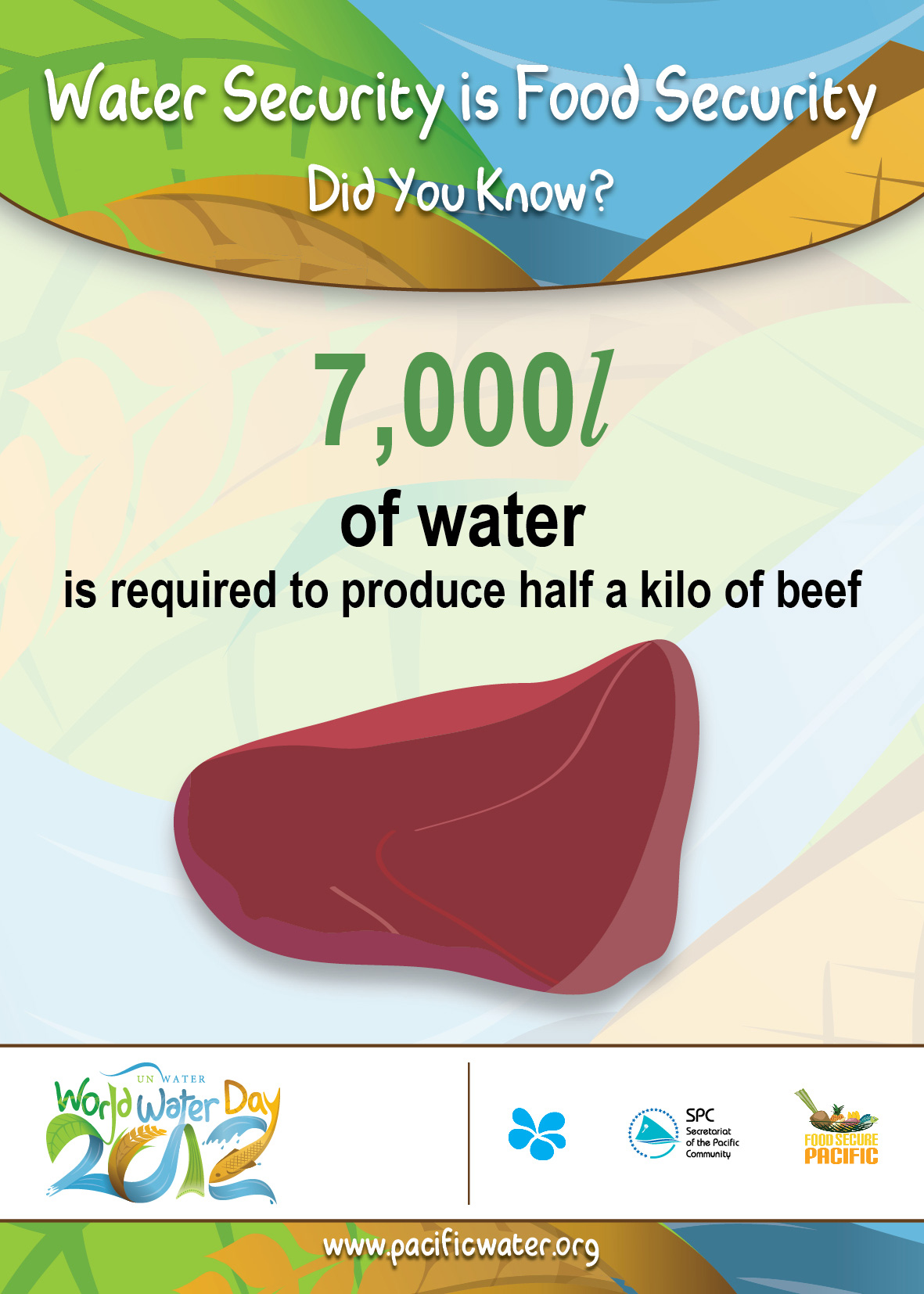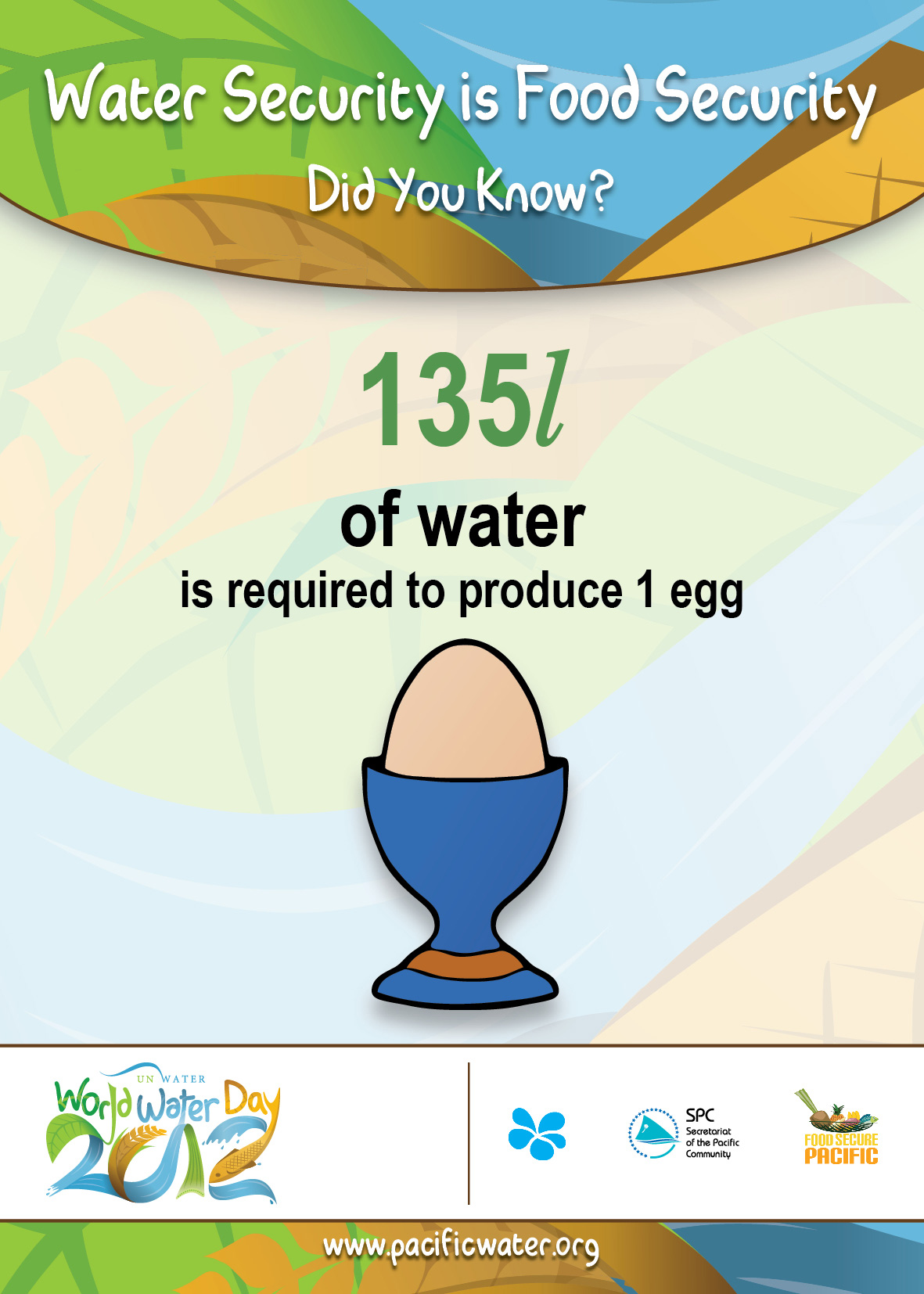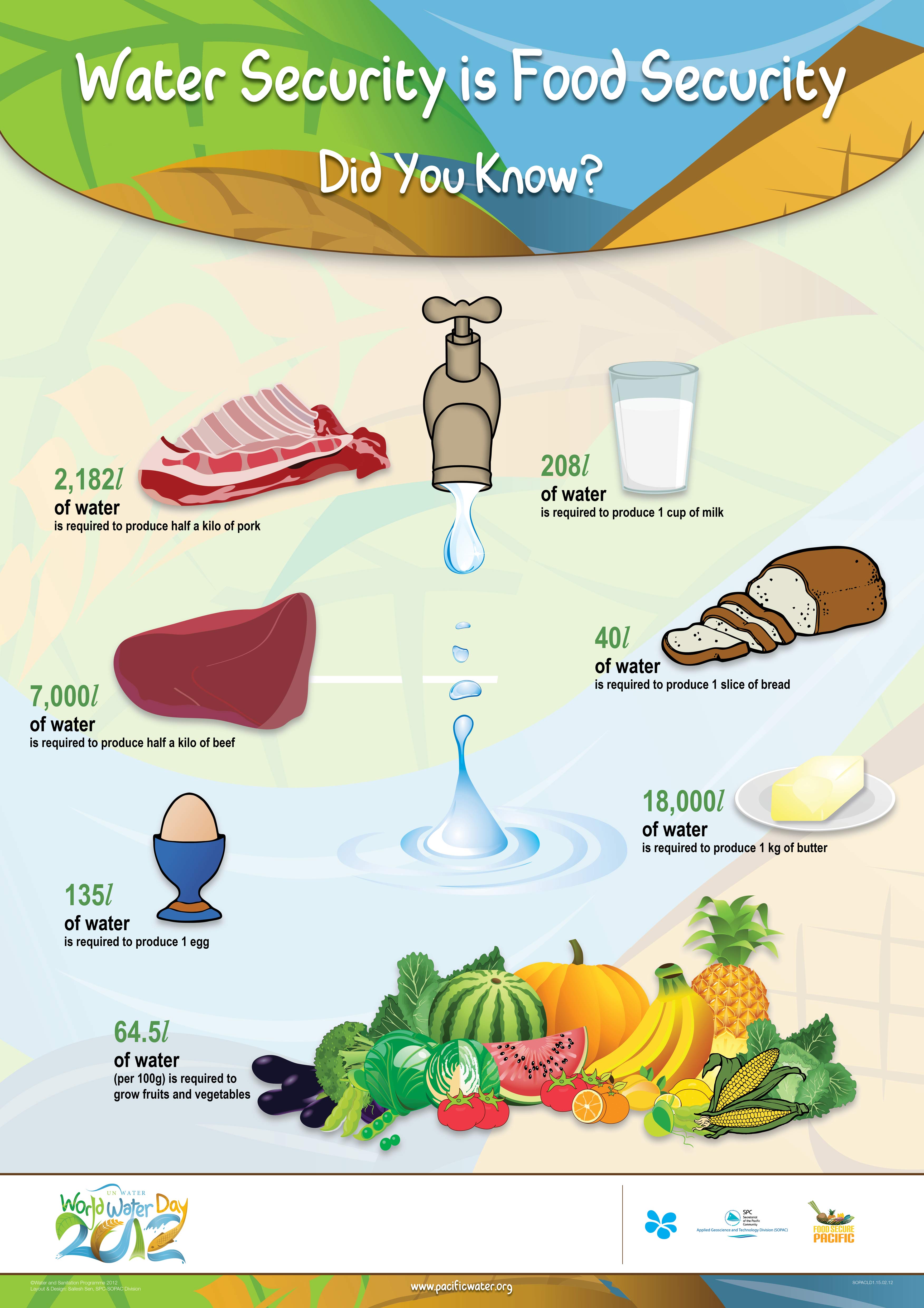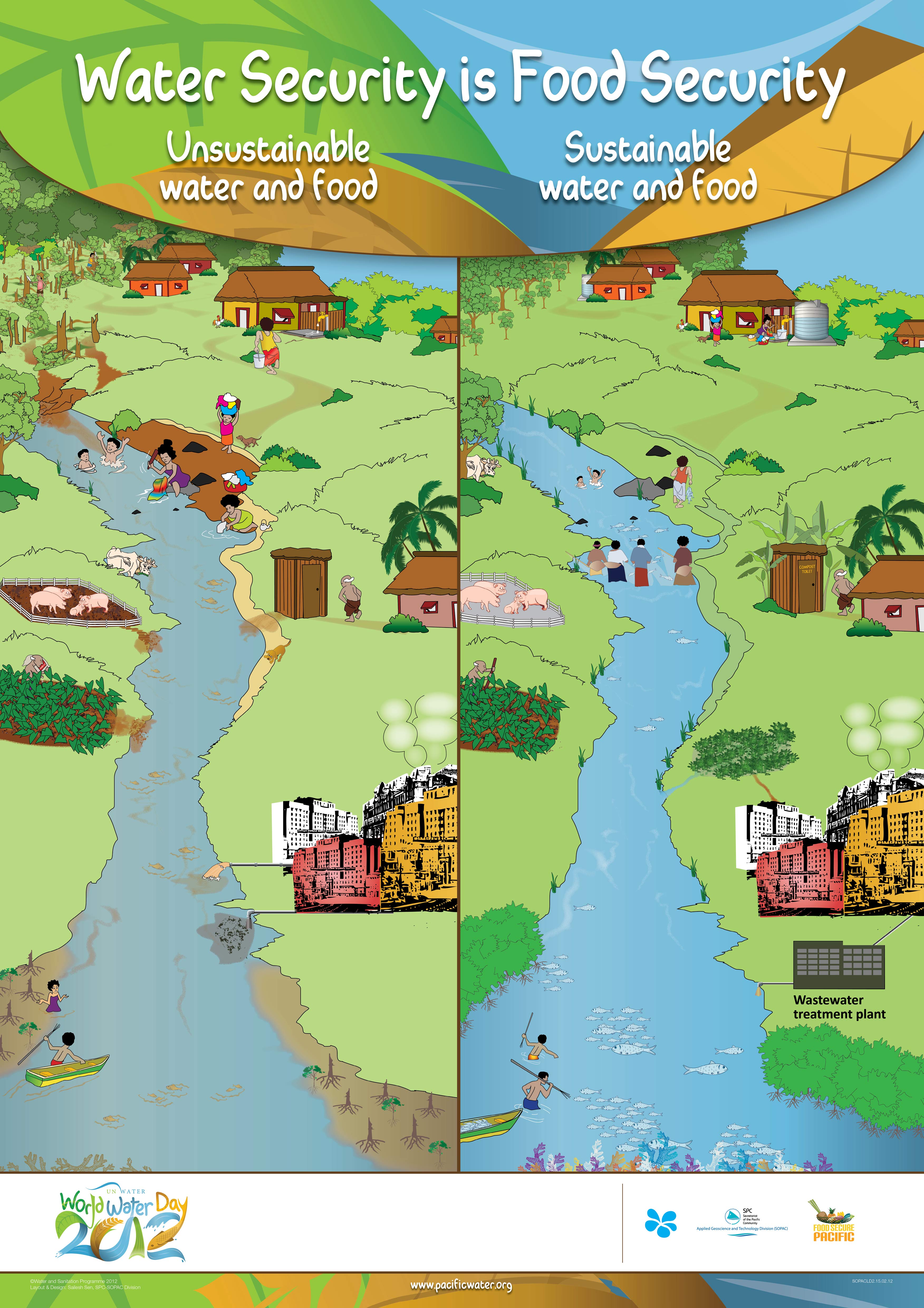 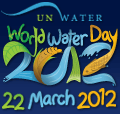 
|
World Water Day 2012
|
||||||||
  
|
Catalogue of Rivers for Pacific Islands releasedFirst ever Catalogue of Rivers for Pacific IslandsFor the first time a selection of river characteristics from across the Pacific can be found in one book the Catalogue of Rivers for Pacific Islands. The book documents the main features and characteristics of the rivers in eight Pacific Island Countries and the available data associated with them. |
- Home
- Water Resources
-
Water Services
- Water Quality Monitoring
-
Water Demand Management
- Water Distribution
- What is Water Demand Management?
-
Project goal, objective and outputs
- Program Partners
-
Project Profile and Country Implementation
- Water Loss Management Workshop; Pohnpei, Federated States of Micronesia
- Majuro Water Resources Situation Assessment, Republic of the Marshall Islands
- Water Loss Management Workshop; Rarotonga, Cook Islands
- Honiara City Water Loss Management, Sectorisation, Metering and Logging, Solomon Islands
- Capacity building in the Pacific
- Niue Water Loss Management, Sectorisation, Metering and Logging
- Vanuatu Water Loss Management Program
- WDM program construction
- Events and Meetings
- Water Demand Management Links
- Resources for Utilities
- Water Supply, Sanitation & Hygiene
- Water Safety Plans
- Water Services Staff list & Vacancies
- Rainwater Harvesting
- Pacific WASH Coalition
- Water Supply & Sanitation Collaborative Council (WSSCC)
-
Water Governance
- Pacific Partnership Initiative
-
Integrated Water Resource Management
- Pacific IWRM Programme
- Member Countries
- Links and Resources
- IWRM Staff and Contacts
- IWRM News
- IWRM National Analysis
- Meeting Reports and Outputs
- Events and Meetings
- Water Governance Staff list & Vacancies
- Strategic Water Consultations & Milestones
- Programme for Water Governance
- Micronesia's National Water Summits
- Pacific Water Action Matrix Overview & Search
- Country Information
-
Resource Centre
- Water Catalogue
- SOPAC Water Publications
- Water Links
-
Water Tools
-
IWRM Toolboxes
- National Water Apex Bodies (NWAB)
- Introduction to Integrated Water Resource Management
- Integrated Water Resource Management Planning Process
- High Level Engagement for Integrated Water Resource Management
- Monitoring and Evaluation of Integrated Water Resource Management
- Water Resources Policy and Legislation
- Institutional Reform Processes for Integrated Water Resource Management
- Stakeholder Engagement for Integrated Water Resource Management
- Water Use Efficiency Planning
- Financing Integrated Water Resource Management
- Engaging Media for Integrated Water Resource Management
- Engaging Youth for Integrated Water Resource Management
- Integrated Water Resource Management and Gender
- Integrated Water Resource Management and Information Management
- IWRM Presentations
-
IWRM Toolboxes
- SOPAC Water Reports
- Pacific Water Action Matrix Overview & Search
- Events & Multimedia
- Staff


















